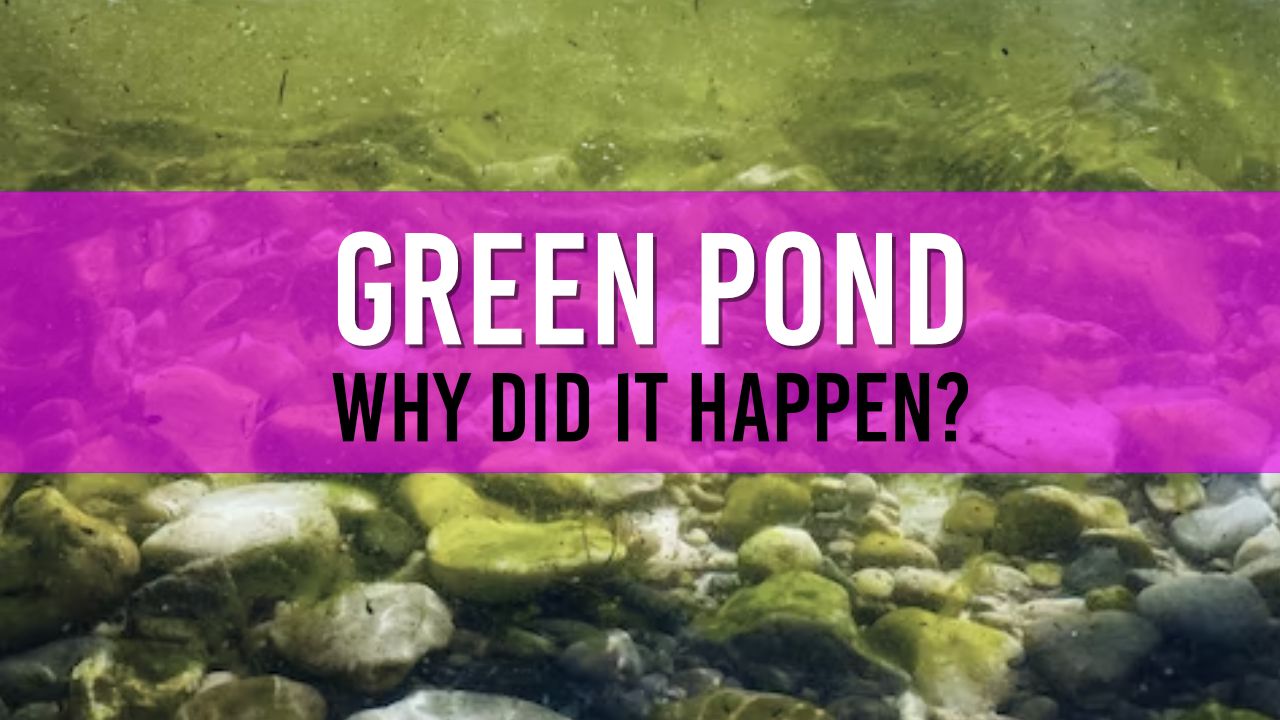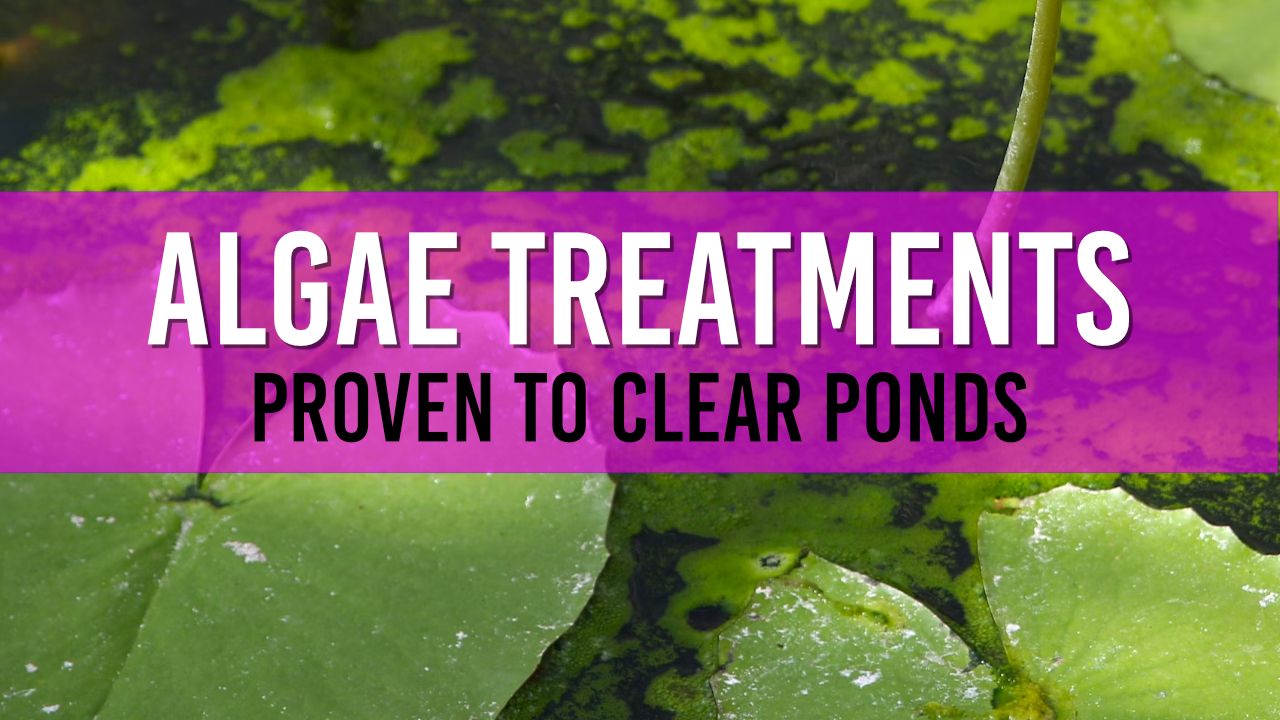Why is my pond water green?
Green pond water is mainly caused by Algae blooms, which are often a result of excess nutrients, sunlight, and imbalanced pond ecology. Every pond owner will at some stage be faced with Green Pond Water - you are not alone!

Table of Contents
As an experienced pond owner, I can tell you that green pond water is a common issue faced by many. In this article, I'll explore the primary reasons behind this problem and provide you with some practical solutions to get your pond looking crystal clear again.
The Main Culprit: Algae
Algae are microscopic plants that thrive in water, and the most common cause of green pond water is the presence of single-celled algae called phytoplankton. When conditions are favorable, they can multiply rapidly, leading to an algal bloom that turns the water green. Factors that promote algae growth include excess nutrients, sunlight, and imbalanced pond ecology.
Excess Nutrients
Nutrients, particularly nitrogen and phosphorus, are essential for the growth of all plants, including algae. Overfeeding fish, decaying plant matter, and run-off from fertilizers can all contribute to excess nutrients in your pond. To address this issue, I recommend checking out how to keep your pond water clean and how to prevent pond water from smelling.
Sunlight
Algae thrive in sunlight, so reducing the amount of sunlight your pond receives can help control algal blooms. You can achieve this by adding floating or marginal plants that provide shade, like water lilies. To learn more, visit when is the best time to plant pond lilies and why my pond lilies are not flowering or growing.
Imbalanced Pond Ecology
A balanced pond ecosystem is crucial for keeping algae in check. Ensure that you have the right mix of plants, fish, and beneficial bacteria to maintain a healthy pond. You might also consider installing a pond pump and a UV lamp to improve water quality.
Solutions for Green Pond Water
1. UV Filters
UV filters are effective in clearing green water caused by algae. They work by exposing the water to ultraviolet light, which kills the algae cells and prevents them from reproducing. To learn more about the costs associated with running a UV filter, check out this UV filter running costs calculator.
2. Biological Filters
Biological filters use beneficial bacteria to break down excess nutrients in the water, depriving algae of the resources they need to grow. Regular maintenance, such as cleaning filter sponges and filter boxes, is essential to keep your filtration system running efficiently.
3. Barley Straw
Barley straw is a natural solution to combat algae growth. When it decomposes, it releases compounds that inhibit algae growth. Keep in mind that this method takes time to work, and it's essential to replace the straw regularly.
4. Regular Maintenance
Proper pond maintenance is vital for keeping algae under control. This includes removing leaves and debris, cleaning filters, and avoiding overfeeding fish.
5. Pond Dyes
Pond dyes are another option to reduce sunlight penetration and limit algae growth. These dyes are safe for fish and plants and come in various shades of blue and black. Make sure to follow the product instructions for proper application.
6. Aeration
A well-aerated pond promotes the growth of beneficial bacteria that help break down organic matter and reduce nutrients available for algae. Adding an air pump or waterfall can improve water circulation and oxygen levels, which is particularly important if you notice your fish gasping for air.
7. Limit Fish Population
Having too many fish in your pond can lead to an increase in nutrients from fish waste and uneaten food. Consider rehoming some fish if your pond is overstocked, and make sure to feed your fish the appropriate amount to avoid overfeeding.
8. Pond Algae Treatments
If you're looking for a fast acting solution, check out the list of verified algae treatments for your garden pond.

Prevention is Better Than Cure
Preventing algae blooms is always better than dealing with the problem after it occurs. By implementing the solutions mentioned above and maintaining a balanced pond ecosystem, you can reduce the likelihood of experiencing green pond water.
Final Thoughts
In summary, green pond water is mainly caused by algae blooms, which are often a result of excess nutrients, sunlight, and imbalanced pond ecology. By addressing these factors and implementing some of the solutions mentioned in this article, you can restore your pond's water clarity and enjoy a beautiful, healthy pond.


